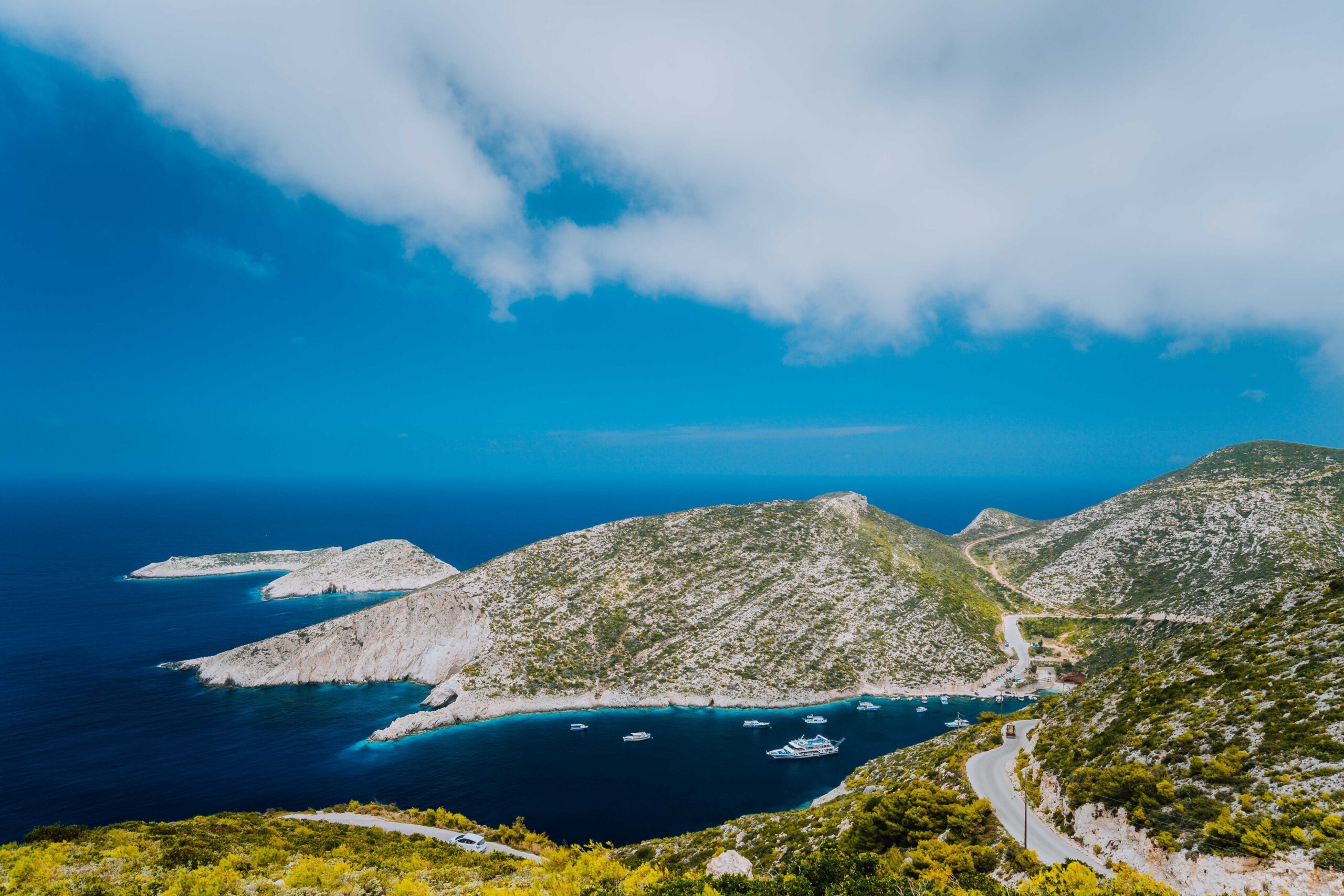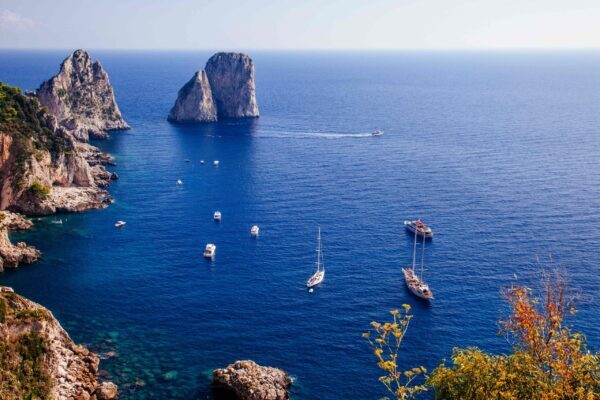Island Time, Reimagined
There are islands that greet travelers like old friends. They don’t rush. They wait. Southern Europe is scattered with such places — stretches of land encircled by salt and breeze, shaped by stories as much as tides. This list is not about the obvious or the overpolished. It’s about spaces that breathe.
There’s a hush to Patmos — something sacred in the air, as if the island itself remembers. Not only because of its sacred past, but the way its whitewashed walls reflect the changing light. Mornings are soft here. Evenings even softer.
Corsica, cradled between France and Italy, isn’t easily defined. Harsh cliffs meet pine-sweet forests. In one hour, the coast disappears behind a switchback road. Every corner reveals something a little contradictory. And that’s part of the charm.
Where the Sea Holds Stories
Menorca often speaks in a whisper. A few fishing boats. Stone paths lined with rosemary. It takes its time showing you the coves, the prehistoric stones, the inland silence. A different tempo from its louder Balearic siblings.
Capraia lies northwest of Elba, its volcanic roots still visible in the cliffs that drop straight into deep blue. It feels distant even when you’re there. Perhaps that’s why it’s loved by those who want their solitude with a side of sea breeze.
Gozo, Malta’s smaller counterpart, feels older. Narrow lanes. Church bells that echo through dry air. It leans into the mythic. Somewhere on a dirt track, a shepherd’s voice carries farther than the car behind you.
Voices of the Mediterranean
In Ikaria, the days unravel like thread. It’s not unusual to eat dinner at
midnight or find yourself dancing with strangers past three. The air tastes of thyme. Here, longevity isn’t sold as a secret—it’s simply lived.
Lampedusa leans toward Africa, and the light there — sharper, warmer — makes no effort to hide it. Dry winds, cobalt waters. Beaches curve out of nowhere. It is stark and vivid at once, reminding you how close borders are to illusions.
For those tracing the quieter corners of island hopping Europe, Formentera offers the shape of calm. Less soundtrack, more breeze. Paths to walk barefoot. The occasional sting of sea salt on a morning swim. It doesn’t try to impress. It lets you settle.
A Map of Solitude and Color
Tinos has a certain rough beauty. Wind-swept and marked by marble villages, it keeps company with both devotion and design. Artisans still carve here. Pilgrims still kneel. Cats nap in the same sun that glints off carved stone.
And then there is Procida. Small. Painted like memory. Faded pinks, sun-worn yellows, seafoam greens. Laundry lines across narrow alleys. The island is barely a dot on most maps, but for those who make time to stop—it lingers.
Each island carries a tone. Not loud, not demanding. Just present. A rhythm all its own. And in each, something waits: a trail of cooking smoke, a warm terrace wall, an hour unaccounted for.
Somewhere between ferry timetables and fading postcards, the idea of a Mediterranean bucket list loses its urgency. What remains instead are places that feel like they remember you.

